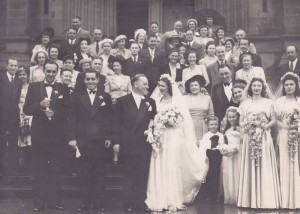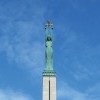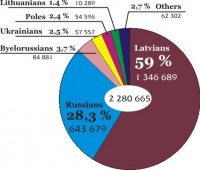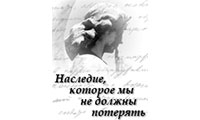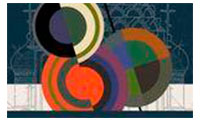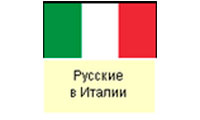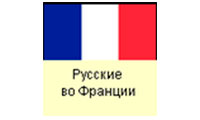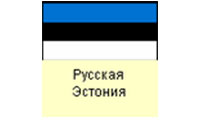Latvia in the Family of European Nations
Latvia joined the European Union on 1 May 2004. The area of Latvia is around 64,600 square kilometers. Latvia consists of 4 ethnographic regions: Vidzeme, Kurzeme, Zemgale and Latgale. The capital of Latvia is Riga. The state language is Latvian. An independent Latvia was proclaimed on 18 November 1918.
In 1940 Latvia lost its independence and became one of the republics of the USSR. On 4 May 1990 the Supreme Council of the LR adopted the resolution on the restoration of independence, and on 21 August 1991, the constitutional law on the state status of the Republic of Latvia, which fully restores the state structure in accordance with the LR Constitution of the 15 February 1922.
On the 25 August 1991 Latvia’s independence was recognized by Iceland, which was the start of international recognition of the new state. On 6 September 1991 the Soviet Union officially recognized Latvia’s independence.
Latvia became a member of the United Nations Organization on the 17 September 1991 and after only a few days joined the Organization for Security and Co-operation in Europe (OSCE). In February 1995 Latvia became a member of the Council of Europe. Latvia has been a member of NATO since 2004.
The population of the country is about 2,270,000. Latvia’s population has historically been formed on a multi-ethnic basis, especially in the towns
Ethnic Latvians are the majority of Latvia’s population (59%). Russians are the largest national minority of Latvia. Their numbers exceed 638,000, or 28% of the country’s population. The traditional Russian national minority of Latvia started to develop in the second half of the 17th Century. The present day Russian minority of Latvia is a result of several waves of migration, the most massive of them is related to the labour migration of the Soviet period. The waves have mostly merged and party mixed with the indigenous population. At present, residents of Latvia of Russian ethnic origin together with people of other ethnic backgrounds for whom Russian is the first language form the Russian linguistic community (Rusophone community of Latvia), representing up to 40% of the population of the country.
Today Latvian Russians can be met in all regions of Latvia, but the largest part of the Russian national minority (71%) is concentrated in the larger towns (Diagram A).
According to figures of the Office of Citizenship and Immigration Affairs of the LR on the 1 January 2008 local Russians were categorized as follows in terms of their civil rights status
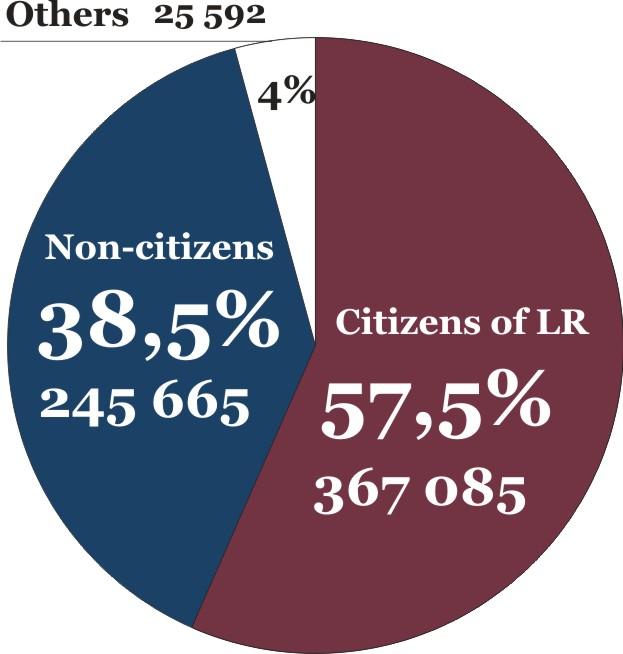
Of those belonging to the Russian ethnic minority of Latvia (638,410) - 57.5%, or 367,035 people have Latvian citizenship; 245,665 are non-citizens*; 25,710 are citizens of foreign countries.
- non-citizens of Latvia are a special category of permanent residents without citizenship of any country in the world.
Евгения Зайцева. Цифры, цифры и только цифры


